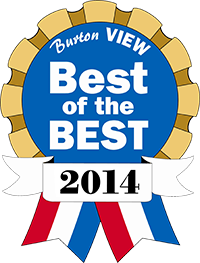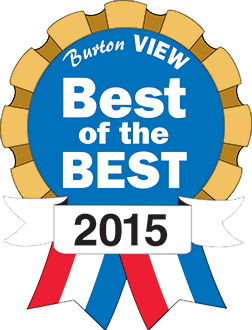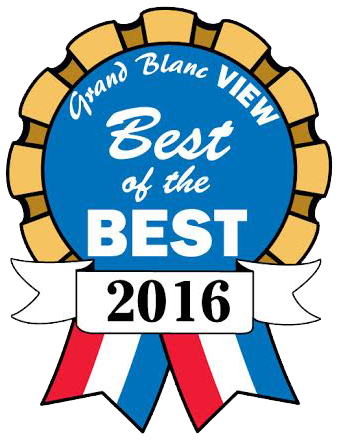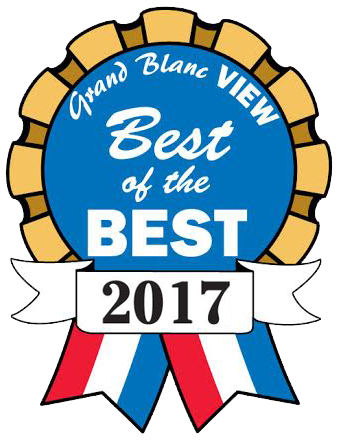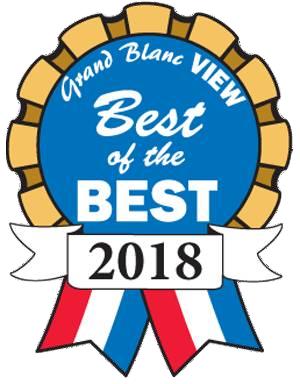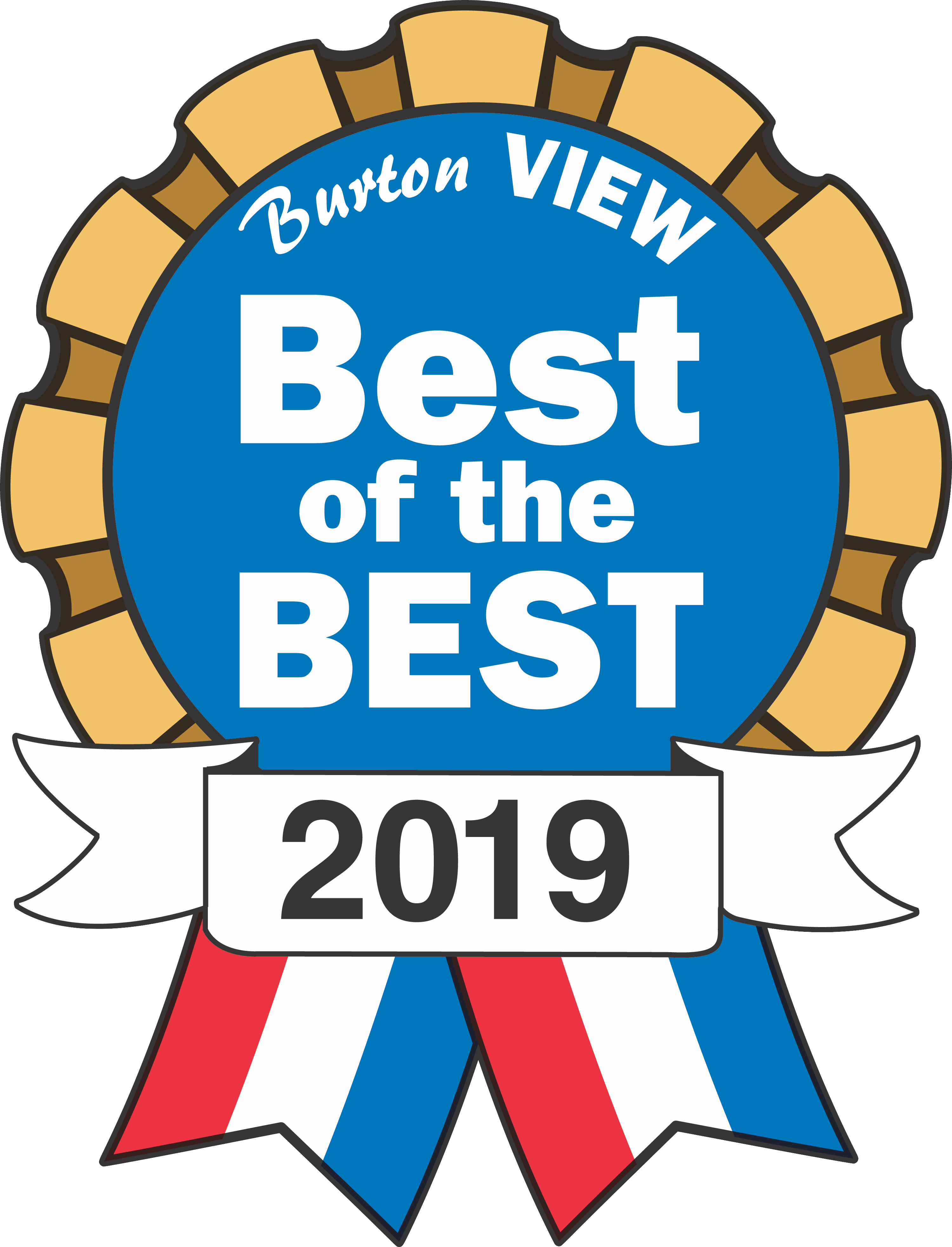
Instrument-assisted Soft Tissue Mobilization (IASTM) is a modern manual therapy technique used to treat individuals diagnosed with soft tissue abnormalities. It is performed with ergonomically designed instruments that detect and treat fascial (connective tissue) restrictions to effectively treat areas with soft tissue fibrosis (the formation of excess fibrous connective tissue in an organ or tissue in a reparative or reactive process to injury or damage - excessive scar tissue), chronic inflammation or degeneration.
There are several IASTM methods used by clinicians today, including Graston Technique, HawkGrips, Sound Assisted Soft Tissue Mobilization (SASTM) and Fluid Motion Soft Tissue Tools (FMST).
The method we use is Graston Technique because it effectively breaks down scar tissue and reduces inflammation that causes pain and restricted mobility. Our therapist uses stainless steel instruments to comb over and "catch" on fibrotic tissue, which immediately identifies areas of restriction. The instruments enable us to treat soft tissue lesions with the depth, pressure and specificity necessary to affect the condition at the site of the pain, as well as following the kinetic chain to find and treat the cause. Once the tissue dysfunction has been identified, the instruments break up the scar tissue so it can be absorbed by the body.
What to Expect
Prior to IASTM treatment, patients may be advised to complete five minutes of cardiovascular activity, such as riding a stationary bike or walking on a treadmill. Then, ultrasound or heat treatment may be applied to the injured area to warm up the soft tissue.
During the treatment, the clinician will use the hand-held instruments to scan, then treat the affected area using very specific, calculated massage techniques over the affected area(s). Treatment usually lasts 30 to 60 seconds over each area treated. Some discomfort may be felt during treatment, and there may be some bruising and small red dots over the area that was treated (called petechiae). If this happens, ice application to the affected area for about 15 to 20 minutes following treatment will probably ease the discomfort.
IASTM is generally done in conjunction with an exercise, stretching and strengthening program for rehabilitation to help the injured tissues heal.
Conditions Treated
IASTM is an effective treatment option for a variety of conditions including:
- Medial Epicondylitis (golfer's elbow)
- Lateral Epicondylitis (tennis elbow)
- Carpal Tunnel Syndrome
- Neck Pain
- Plantar Fascitis (foot pain)
- Rotator Cuff Tendinitis (shoulder pain)
- Patellar Tendinitis (knee pain)
- Tibialis Posterior Tendinitis
- Ankle Pain / Foot Pain / Heel Pain / Achilles Tendinitis
- DeQuervain's Syndrome
- Post-Surgical and Traumatic Scars
- Myofascial Pain and Restrictions
- Musculoskeletal Imbalances
- Chronic Joint Swelling Associated with Sprains/Strains
- Ligament Sprains
- Muscle Strains
- Non-Acute Bursitis
- Complex Regional Pain Syndrome (CRPS) / Reflex Sympathetic Dystrophy (RSD)
- Back Pain
- Trigger Finger
- Hip Pain (Replacements)
- IT Band Syndrome
- Shin Splints
- Chronic Ankle Sprains
- Acute Ankle Sprains (Advanced Technique)
- Surgical or Traumatic Scars
Many people have reported increased range of motion (ROM) and reduced pain after the first IASTM treatment. IASTM has been proven successful in reducing scar tissue problems from surgical and traumatic scar tissue and achieving great results with pain control and rejuvenating joint, ligament, tendon and muscle flexibility.


